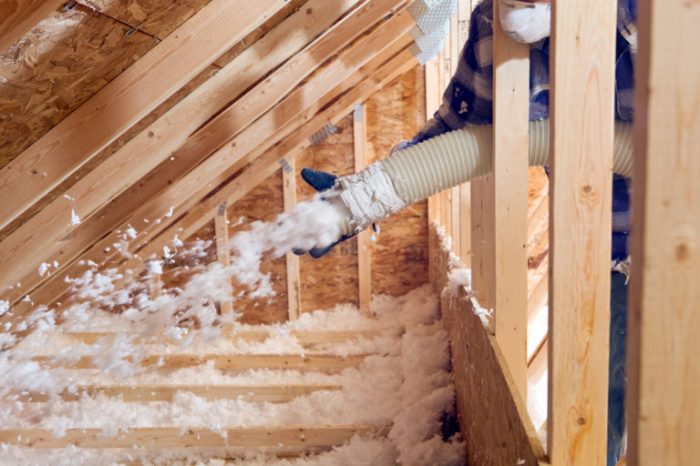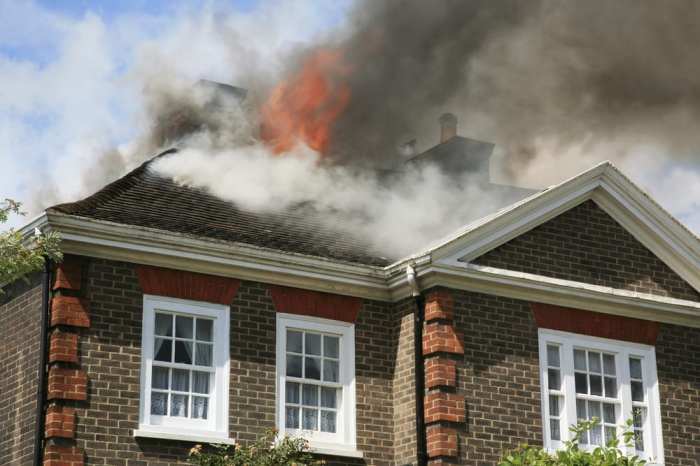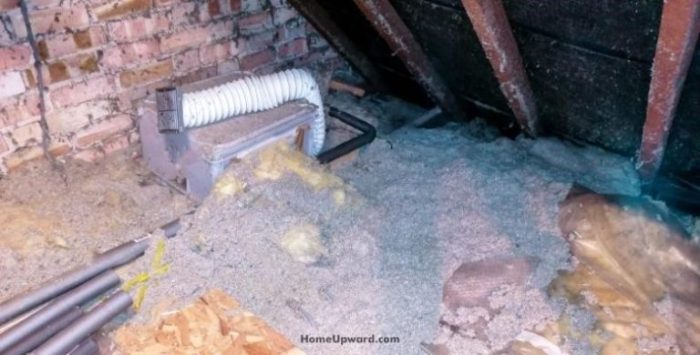Attic fires should generally be treated as severe emergencies, demanding prompt and appropriate action to mitigate risks and prevent catastrophic consequences. This comprehensive guide delves into the intricacies of attic fires, encompassing their potential hazards, containment and suppression tactics, structural considerations, preventive measures, and adherence to fire safety codes.
1. Safety First
Understanding the Severity of Attic Fires

Attic fires pose significant risks to both life and property due to their rapid spread and intense heat.
Statistics indicate that attic fires account for a substantial portion of residential fires, with a higher likelihood of fatalities compared to other types of house fires.
The concealed nature of attics allows fires to smolder undetected, leading to extensive damage before being discovered.
2. Containment and Suppression
Tactics for Extinguishing Attic Fires

Containment
Isolating the fire to prevent its spread is crucial. Firefighters use vertical ventilation to create an opening in the roof, allowing smoke and heat to escape while containing the fire.
Suppression, Attic fires should generally be treated as
Specialized equipment, such as attic ladders and nozzles, are employed to access and extinguish the fire directly.
Water is the primary extinguishing agent, but foam or dry chemicals may be used in certain cases.
3. Structural Considerations
Assessing Attic Fire Damage

Attic fires can cause severe structural damage to a building.
Fire, heat, and smoke can weaken structural components, including trusses, joists, and rafters.
A thorough assessment of the damage is essential to determine the extent of repairs or reconstruction required.
4. Prevention and Mitigation
Minimizing the Risk of Attic Fires
Common causes of attic fires include electrical malfunctions, improper storage of flammable materials, and inadequate ventilation.
Preventive measures include:
- Maintaining proper electrical wiring and fixtures
- Storing flammable materials in designated, safe areas
- Ensuring adequate ventilation to prevent heat buildup
5. Fire Safety Codes and Regulations
Adhering to Attic Fire Safety Standards

Fire safety codes and regulations provide guidelines for attic construction and fire protection.
Specific requirements may include:
- Fire-resistant materials for attic construction
- Proper ventilation systems to prevent smoke accumulation
- Access points for firefighters to safely enter and extinguish fires
FAQ Explained: Attic Fires Should Generally Be Treated As
What are the common causes of attic fires?
Electrical malfunctions, improper storage of flammable materials, and inadequate ventilation are common causes of attic fires.
How can I prevent attic fires?
Proper ventilation, electrical safety, and careful storage practices can significantly reduce the risk of attic fires.
What are the signs of an attic fire?
Smoke, heat, and the smell of burning materials are all potential signs of an attic fire.
What should I do if I suspect an attic fire?
Evacuate the building immediately and call the fire department. Do not attempt to fight the fire yourself.